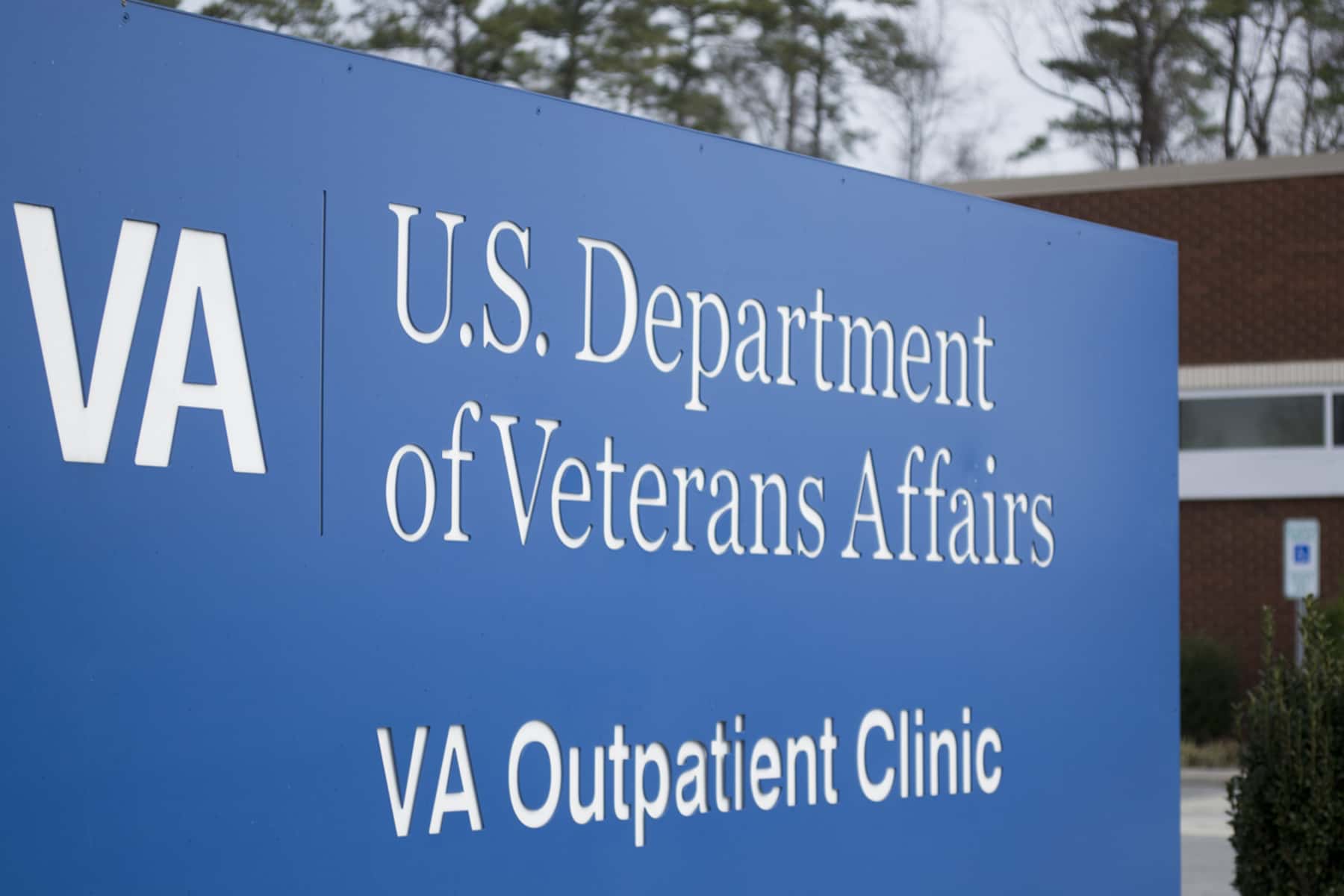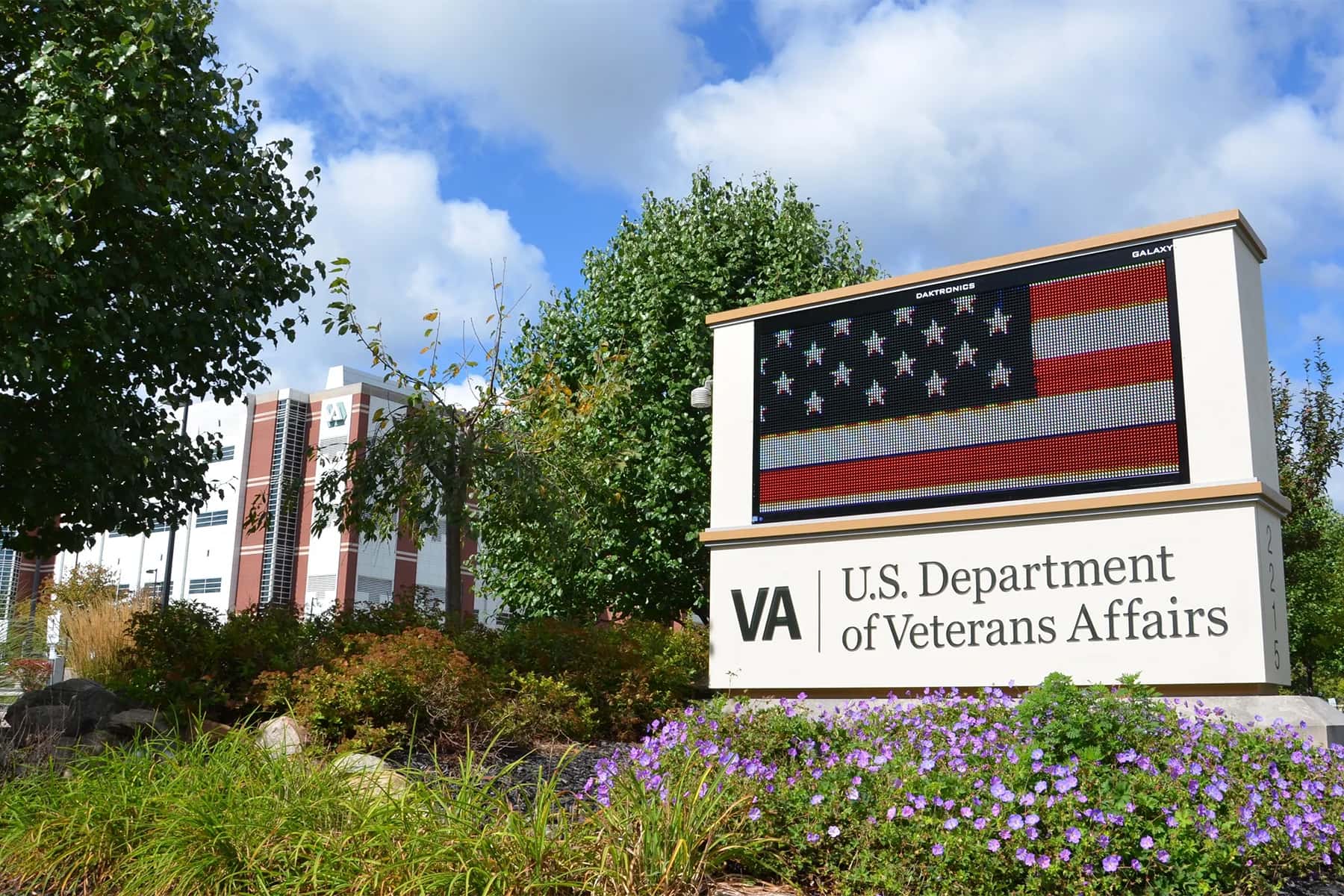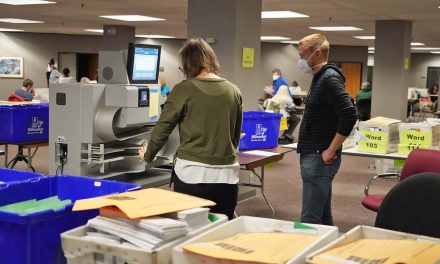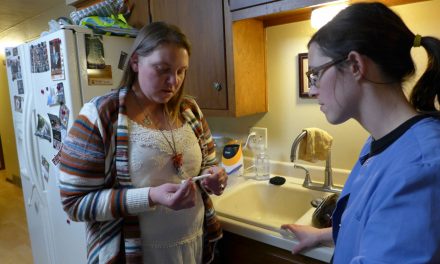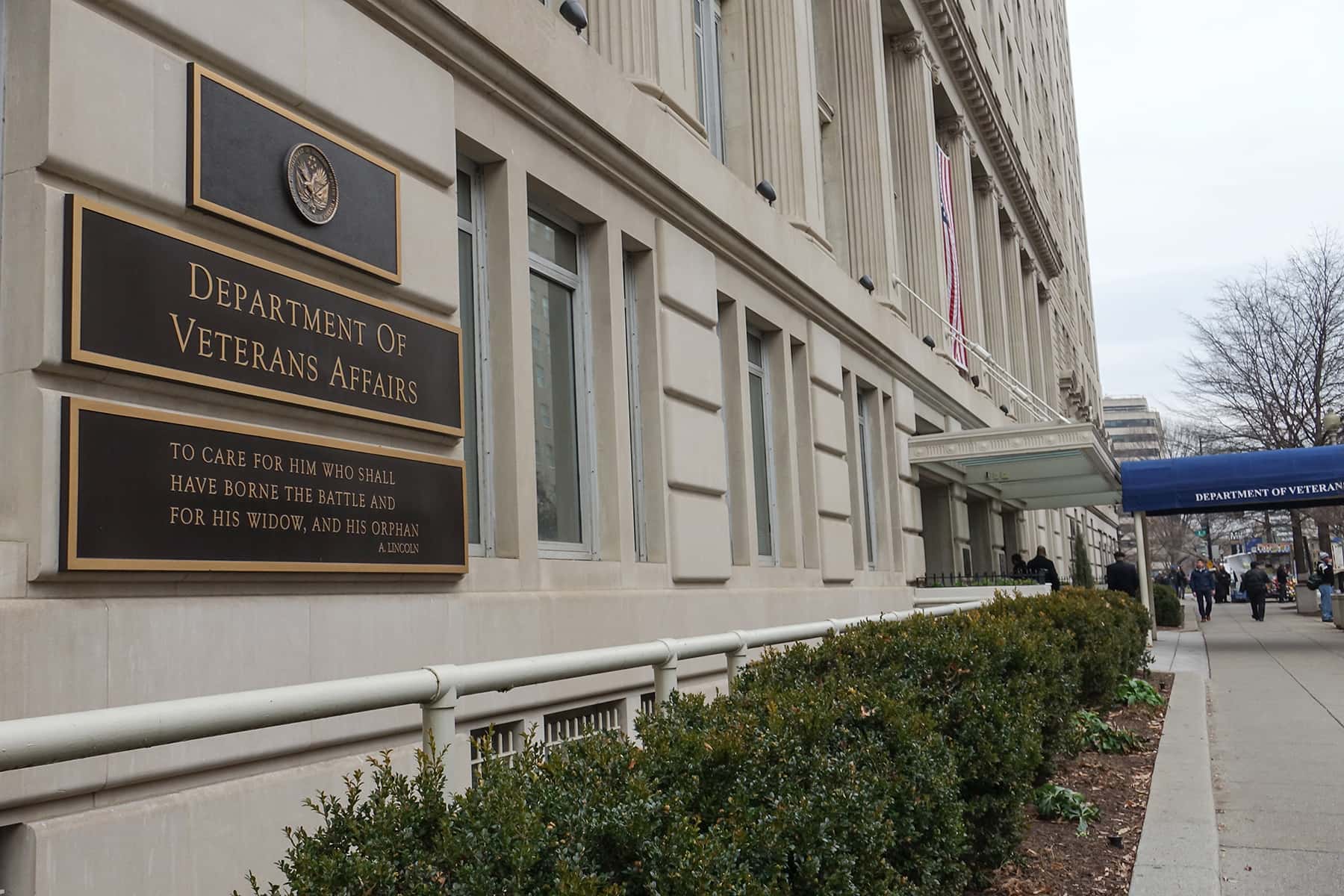
As the coronavirus spreads across the United States, VA health care facilities are struggling with shortages of workers and the equipment necessary to protect employees from contracting the virus.
The Department of Veterans Affairs is responsible for the health care of 9 million military veterans. In recent weeks more than 1,900 VA health care workers have become sick with the coronavirus, according to agency documents.
Twenty have died. Another 3,600 of the 300,000-plus VA health care employees are quarantined and unable to work because they have been exposed to the virus, according to VA figures. More than 5,700 veterans treated by the VA have been infected by the coronavirus, and nearly 380 have died.
Nationwide the facilities have been short of staff and equipment like masks, eye shields, hand sanitizer and gowns. Some workers were forced to reuse masks for days or weeks, according to interviews with VA nurses. In hard-hit states like New York, a crush of coronavirus patients led to a shortage of negative pressure rooms to limit the spread of the virus.
The VA inspector general’s staff visited more than 230 facilities in March. It found that nearly a third of the medical centers could improve their processing for screening visitors. More than half of the medical centers reported shortages of supplies and equipment including respirator masks, and 10 reported shortages of staffing mostly for nurses in intensive care units.
“There has been a failure of leadership at VA, and veterans, VA employees and the public are suffering as a result,” said Paul Rieckhoff, founder and former head of the Iraq and Afghanistan Veterans of America.
Susan Gordon, a senior policy analyst at the nonpartisan Veterans Healthcare Policy Institute, said VA preparations were hampered by inadequate funding and staff, leaving it with nearly 50,000 job openings.
“In VA facilities all over the country, they are doing a really incredible job trying to respond to the crisis in a situation where they have been deliberately crippled by the Trump administration,” Gordon said.
As the nation’s largest health care system, the VA typically enjoyed preferred status in orders for medical supplies from prime vendors. But as the outbreak escalated across the country, surging demand for crucial medical equipment spurred frantic competition for supplies, including from state governments and the National Stockpile. The Federal Emergency Management Agency began buying supplies directly from manufacturers, and VA began submitting its orders to FEMA alongside others.
On April 7, the VA issued guidelines asking workers to ration masks in response to what the department described as “shortages” and challenges in getting “adequate supplies” to protect VA staff, according to an internal memo. Citing Centers for Disease Control and Prevention guidelines, the VA said employees in direct contact with COVID-19 patients should use N95 masks as protection but may need to reuse them.
VA staff working with high-risk elderly or vulnerable patients, such as those in nursing homes or spinal cord facilities, would only get one face mask per work week. A group of Senate Democrats blames Trump for a broken procurement and distribution system developed by this administration.
“Those who care for veterans should not be afraid to wake up every morning, go to work and help save veterans’ lives,” says a letter being sent to the White House on Thursday by Sen. Jon Tester of Montana, the top Democrat on the Senate Veterans Affairs Committee. More than a dozen senators joined him, including Senstors Bernie Sanders of Vermont, Elizabeth Warren of Massachusetts, and Kamala Harris of California, all former 2020 presidential contenders.

